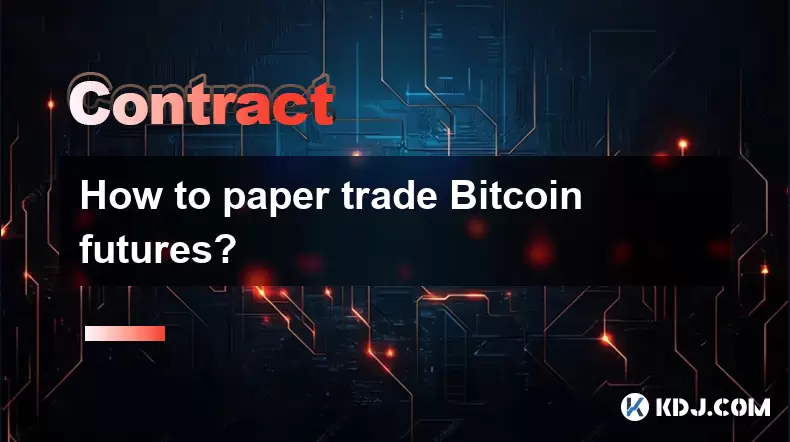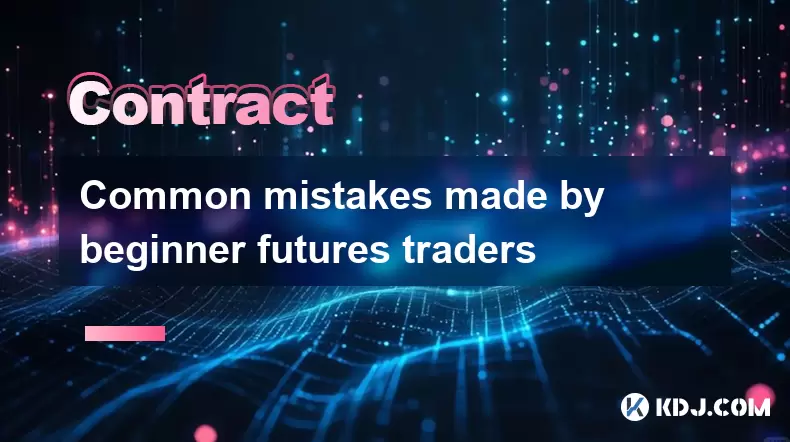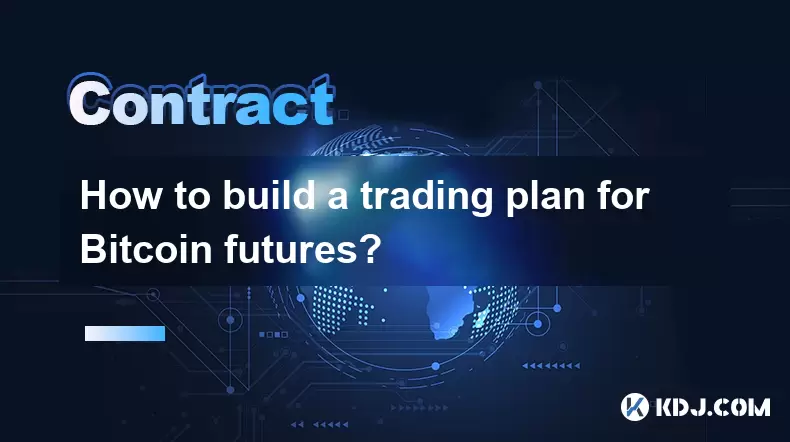-
 Bitcoin
Bitcoin $118,698.3676
0.16% -
 Ethereum
Ethereum $3,428.4877
5.97% -
 XRP
XRP $3.2496
9.52% -
 Tether USDt
Tether USDt $1.0002
0.00% -
 BNB
BNB $725.6930
4.36% -
 Solana
Solana $174.8923
4.52% -
 USDC
USDC $0.9997
-0.02% -
 Dogecoin
Dogecoin $0.2139
6.02% -
 TRON
TRON $0.3155
4.62% -
 Cardano
Cardano $0.8045
7.12% -
 Hyperliquid
Hyperliquid $46.6582
-1.72% -
 Stellar
Stellar $0.4676
0.80% -
 Sui
Sui $4.0143
0.38% -
 Chainlink
Chainlink $17.1546
2.97% -
 Hedera
Hedera $0.2458
3.27% -
 Bitcoin Cash
Bitcoin Cash $496.5967
-0.06% -
 Avalanche
Avalanche $22.8813
3.13% -
 Shiba Inu
Shiba Inu $0.0...01439
3.42% -
 UNUS SED LEO
UNUS SED LEO $8.8389
0.42% -
 Toncoin
Toncoin $3.2113
2.82% -
 Litecoin
Litecoin $101.2646
4.24% -
 Polkadot
Polkadot $4.2262
2.32% -
 Monero
Monero $340.4295
2.92% -
 Pepe
Pepe $0.0...01365
2.92% -
 Uniswap
Uniswap $8.9702
-2.78% -
 Bitget Token
Bitget Token $4.7675
2.00% -
 Dai
Dai $0.9998
-0.02% -
 Ethena USDe
Ethena USDe $1.0003
-0.04% -
 Aave
Aave $324.6394
-2.11% -
 Bittensor
Bittensor $433.6051
-0.88%
How to paper trade Bitcoin futures?
Paper trading Bitcoin futures allows traders to simulate real market conditions using virtual funds, helping refine strategies and test risk management without financial exposure.
Jul 13, 2025 at 02:15 am

Understanding the Basics of Bitcoin Futures
Bitcoin futures are financial contracts that allow traders to speculate on the future price of Bitcoin without owning the underlying asset. These contracts obligate the buyer to purchase, or the seller to sell, a specific amount of Bitcoin at a predetermined price and date in the future. Paper trading is a risk-free method to simulate real trading conditions using virtual funds, allowing traders to test strategies before committing real capital.
Before engaging in paper trading, it's essential to understand how Bitcoin futures work on exchanges like CME Group, Binance Futures, or Bybit. Each platform offers different leverage options, contract sizes, and settlement mechanisms. For instance, CME Bitcoin futures are settled in cash, whereas some crypto-native platforms settle contracts in actual Bitcoin.
Selecting a Platform for Paper Trading Bitcoin Futures
Choosing the right platform is critical for effective paper trading. Not all cryptocurrency exchanges offer demo accounts or paper trading features for futures contracts. Some popular platforms that support this include:
- TradingView – Offers a paper trading feature where users can simulate trades across various assets, including Bitcoin.
- Binance Futures Testnet – Provides a sandbox environment that mimics real trading conditions without real money.
- Bybit Demo Account – Allows users to practice trading perpetual and futures contracts with virtual funds.
- Simulated environments from brokers – If you're using a traditional brokerage that supports crypto futures, check if they offer demo accounts.
Ensure that the selected platform accurately reflects real-time data, order execution speed, and market depth. This helps in understanding slippage, bid-ask spreads, and other nuances of live trading.
Setting Up Your Paper Trading Account
Once a suitable platform is chosen, the next step involves setting up your paper trading account. Here’s how to do it effectively:
- Register an account: Most demo platforms require basic registration details, such as email and password. No KYC is usually required for demo accounts.
- Access the demo mode: Look for a toggle switch or separate login for demo accounts within the platform.
- Set initial virtual balance: Many platforms allow you to customize your starting capital. Choose a realistic amount that aligns with your planned real trading budget.
- Familiarize yourself with the interface: Spend time navigating through the order types (limit, market, stop-loss), chart tools, and position management sections.
It's important to treat the demo account as if it were real money. This mindset ensures discipline and accurate strategy testing.
Developing and Testing Trading Strategies
The core objective of paper trading is to refine and validate your trading strategies. Whether you're a day trader, swing trader, or scalper, use the following steps to develop and test your approach:
- Define entry and exit criteria: Establish clear rules based on technical indicators (like RSI, MACD, moving averages) or fundamental signals (news events, regulatory changes).
- Implement risk management practices: Set stop-loss and take-profit levels for every trade. Track your risk per trade and overall portfolio exposure.
- Record each trade: Use a trading journal to document the rationale behind each decision, outcomes, and lessons learned. This helps identify consistent patterns and mistakes.
- Backtest strategies first: Before paper trading, backtest your strategies against historical data to ensure they have potential.
For example, if you're testing a moving average crossover strategy, define exactly when to enter a long or short position based on the 50-day and 200-day moving averages crossing. Observe how this performs in a volatile market during your paper trading phase.
Reviewing Performance and Iterating**
After several weeks of simulated trading, it's crucial to review performance metrics. Key areas to evaluate include:
- Win/loss ratio: Calculate how often your trades are profitable versus losing.
- Average profit/loss per trade: Understand whether your winners outweigh your losers.
- Drawdown analysis: Identify the maximum drawdown experienced during the simulation period.
- Emotional responses: Reflect on how emotions influenced decisions, even in a demo environment.
If certain strategies consistently underperform, analyze why. Was it due to poor timing, incorrect assumptions, or lack of discipline? Adjust your strategy accordingly and re-test in the paper trading environment.
Frequently Asked Questions
Q: Can I use third-party tools for paper trading Bitcoin futures?
Yes, many third-party tools like Capital.com, eToro, and MetaTrader 4/5 offer demo accounts that support cryptocurrency futures trading. Ensure they provide access to real-time data and advanced charting capabilities.
Q: Is paper trading Bitcoin futures the same as trading spot Bitcoin?
No, paper trading futures involves simulating trades on derivative contracts rather than the actual asset. Futures come with additional factors like funding rates, expiration dates, and leverage effects, which differ from spot trading.
Q: How long should I paper trade before going live?
There's no fixed duration, but most traders recommend paper trading for at least one to three months. The goal is to build confidence and consistency across multiple market conditions before risking real capital.
Q: Are there any risks involved in paper trading Bitcoin futures?
While there's no financial risk, emotional biases may still affect decision-making. Additionally, some platforms may not perfectly replicate real market conditions, leading to unrealistic expectations when transitioning to live trading.
Disclaimer:info@kdj.com
The information provided is not trading advice. kdj.com does not assume any responsibility for any investments made based on the information provided in this article. Cryptocurrencies are highly volatile and it is highly recommended that you invest with caution after thorough research!
If you believe that the content used on this website infringes your copyright, please contact us immediately (info@kdj.com) and we will delete it promptly.
- Crypto Market, Bull Market, and Policy: Navigating Trump's 'Crypto Week' Rollercoaster
- 2025-07-18 01:50:12
- Winning Design: Nine-Year-Old's Art Becomes a Chocolate Coin!
- 2025-07-18 01:10:12
- Penguin Power, BlockDAG Boldness, and Uniswap's Upswing: Decoding Crypto's Latest Moves
- 2025-07-18 01:50:12
- Bitcoin, Market Cap & Strategy: Decoding the Crypto Game in 2025
- 2025-07-18 01:10:12
- Plume and Colb Finance: Tokenizing Pre-IPO Equities for the Blockchain Era
- 2025-07-18 00:35:12
- Web3, Privacy, and Deflation: A New Era of Profitable Privacy?
- 2025-07-18 01:55:12
Related knowledge

What is a stablecoin-margined contract vs a coin-margined contract?
Jul 15,2025 at 06:36pm
Understanding the Difference Between Stablecoin-Margined Contracts and Coin-Margined ContractsIn the world of cryptocurrency derivatives, margin plays...

How to analyze volume profile for Bitcoin futures?
Jul 17,2025 at 01:21am
Understanding Volume Profile in Bitcoin Futures TradingVolume profile is a crucial analytical tool used by traders to assess the distribution of tradi...

How to backtest a Bitcoin futures trading strategy?
Jul 15,2025 at 11:35am
Understanding Bitcoin Futures TradingBitcoin futures trading involves contracts to buy or sell Bitcoin at a predetermined price and date in the future...

Common mistakes made by beginner futures traders
Jul 17,2025 at 07:49am
Overleveraging Without Understanding the RisksOne of the most frequent mistakes made by beginner futures traders is overleveraging their positions. Fu...

Psychology of trading Bitcoin contracts
Jul 13,2025 at 02:50am
Understanding the Emotional Rollercoaster of Bitcoin Futures TradingBitcoin contract trading, especially in the form of futures, introduces a high lev...

How to build a trading plan for Bitcoin futures?
Jul 17,2025 at 08:42am
Understanding Bitcoin Futures TradingBitcoin futures are derivative contracts that allow traders to speculate on the future price of Bitcoin without o...

What is a stablecoin-margined contract vs a coin-margined contract?
Jul 15,2025 at 06:36pm
Understanding the Difference Between Stablecoin-Margined Contracts and Coin-Margined ContractsIn the world of cryptocurrency derivatives, margin plays...

How to analyze volume profile for Bitcoin futures?
Jul 17,2025 at 01:21am
Understanding Volume Profile in Bitcoin Futures TradingVolume profile is a crucial analytical tool used by traders to assess the distribution of tradi...

How to backtest a Bitcoin futures trading strategy?
Jul 15,2025 at 11:35am
Understanding Bitcoin Futures TradingBitcoin futures trading involves contracts to buy or sell Bitcoin at a predetermined price and date in the future...

Common mistakes made by beginner futures traders
Jul 17,2025 at 07:49am
Overleveraging Without Understanding the RisksOne of the most frequent mistakes made by beginner futures traders is overleveraging their positions. Fu...

Psychology of trading Bitcoin contracts
Jul 13,2025 at 02:50am
Understanding the Emotional Rollercoaster of Bitcoin Futures TradingBitcoin contract trading, especially in the form of futures, introduces a high lev...

How to build a trading plan for Bitcoin futures?
Jul 17,2025 at 08:42am
Understanding Bitcoin Futures TradingBitcoin futures are derivative contracts that allow traders to speculate on the future price of Bitcoin without o...
See all articles

























































































